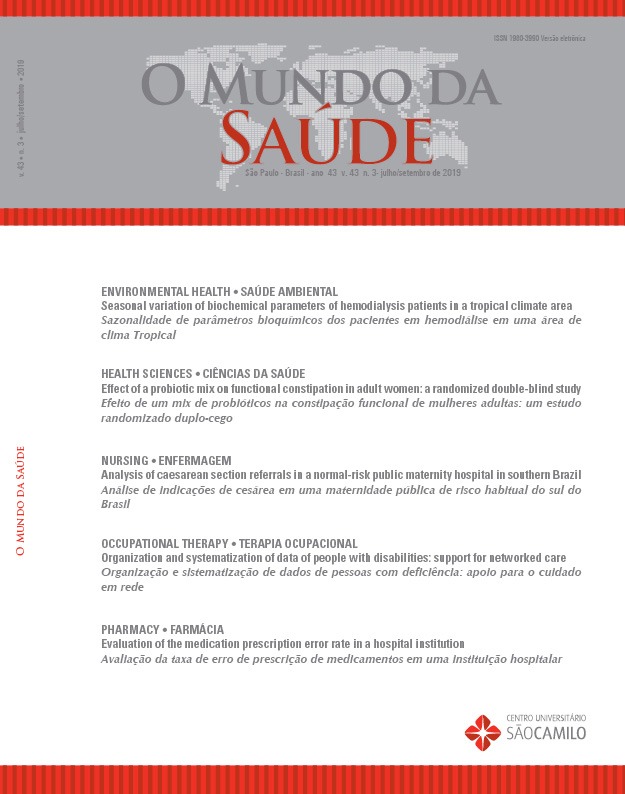Sexual patterns among medical students - a Bioethical look
DOI:
https://doi.org/10.15343/0104-7809.20194303601621Keywords:
Sexuality, bioethics, Medicine, health educationAbstract
There are few empirical studies on the teaching of human sexuality in medical curricula, lacking in knowledge of how sexuality is taught, what content is used and how it is offered. The emergence of sexuality for a significant portion of university students occurs in college, which increases the importance of sexual education for this group, even though it constitutes only a small portion of our younger population. This is especially important for health students who should address the issue with their future patients. This research aimed to establish sexual differences between students of both sexes in an entire class of medical students. Evaluating the prevalence of sexual behaviors and sexual dysfunctions in this community was investigated, and finally the sexual patterns of students from a bioethical point of view were analyzed. General and specific questionnaires for both genders were used to evaluate and confront them. As a result, 120 questionnaires were applied in a 3rd year medical class of public universities of a northeastern Brazilian state, representing 100% of the sample. According to the Sexual Exposure Index (SEI), 35% of females predominated in the low risk exposure range. The male gender predominated in the medium exposure range, corresponding to 24.16% of the total target population. Applying the chi-squared test for group B versus A there was a p=8x10-4, X2=15 and OR=1.7. Finally, there is a need to approach this theme in the agenda for inserting it in the curriculum, but more studies are needed to apply this model.






























